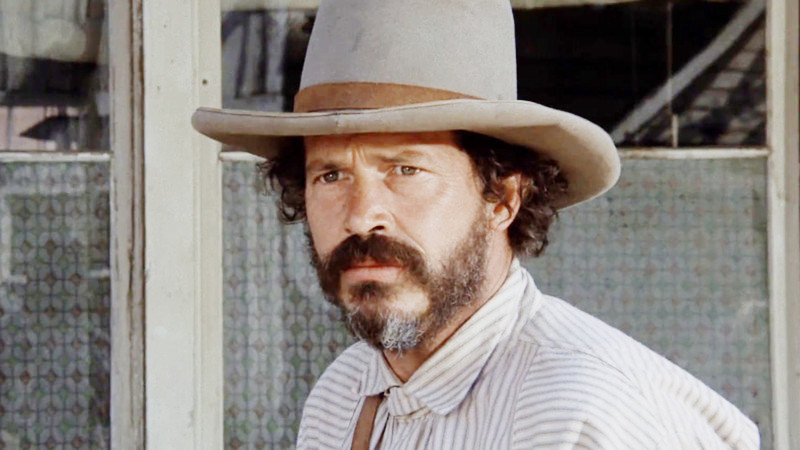
By the 1970s, the Western was losing its old certainty. Gone were the simple heroes and clear morals—replaced by stories that were darker, more complex, and often deeply flawed. This was a decade where the genre became quieter, moodier, and more introspective.
The following films didn’t get the attention they deserved, but they reveal a Western struggling to reinvent itself—and doing so with surprising depth and grit.
1. Barquero (1970)
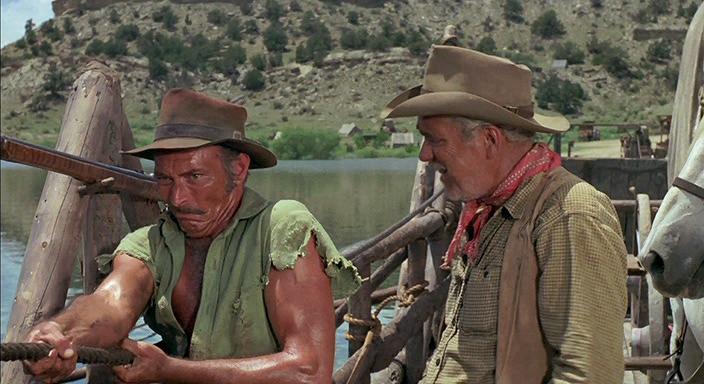
Gordon Douglas’s Barquero is a tense, stripped-down standoff thriller set on the banks of a river in the fading West. A gang of dangerous outlaws needs to cross into Mexico but are stopped by Travis, a stoic ferry operator who refuses to give them passage.
What unfolds is a claustrophobic siege where physical space seems to shrink and the psychological pressure builds. The film avoids traditional gunfights and instead focuses on the brutal mental warfare of waiting, threats, and endurance.
It’s a quiet exploration of control and survival, where no one is truly in the right and every decision has consequences—it’s not your average Western (despite the presence of Lee Van Cleef), and it’s all the better for it.
What makes it particularly notable is how it subverts the usual Western formula of clear-cut good versus evil. The film’s tension arises from ambiguity—characters are morally grey, their motivations not simply black or white, and the boundaries between hero and villain blur. This psychological depth reflects the era’s shifting attitudes towards authority and violence, making it feel surprisingly modern for a 1970 release.
2. The Hired Hand (1971)
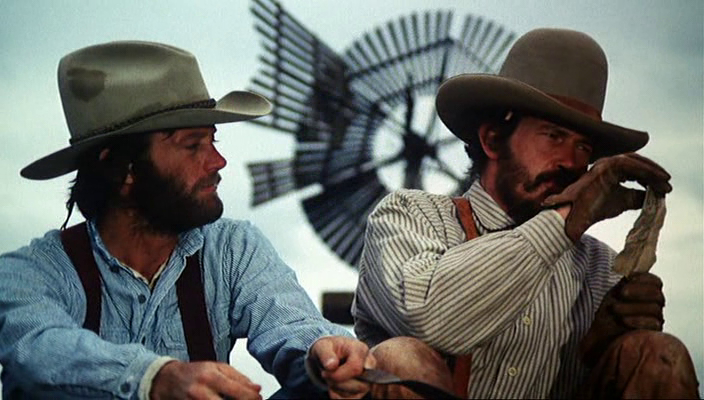
This film offers a rare quiet moment in Western cinema. It follows a drifter named Harry who returns home after years on the run, seeking to reconnect with his family and start anew.
The pace is slow and deliberate, prioritising mood and atmosphere over action, and spends time musing over family dynamics—something that director Peter Fonda proves exemplary at providing.
The Hired Hand explores themes of redemption, belonging, and the quiet desperation of trying to leave behind a violent past. In some ways, it weirdly feels like David Cronenberg’s A History of Violence (2005) set in the West.
It feels more like a poetic Western where the landscape itself looks and feels mournful, and peace seems both needed and yet constantly just out of reach. The film’s strength lies in its understatement and emotional depth, inviting viewers to linger in the moments between the atmospheric ponderings.
Additionally, the film’s use of visual storytelling—lingering shots of barren fields and the slow passage of time—enhances the theme of inevitability. Harry’s struggle isn’t just with external forces but with an internal battle between who he was and who he hopes to become. This reflective, almost meditative tone sets The Hired Hand apart from more action-driven Westerns of its day, making it a unique gem in the genre’s evolving canon.
3. Doc (1971)
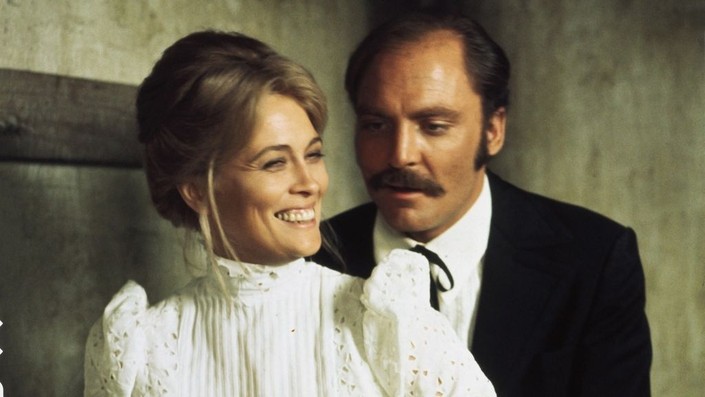
Rather than celebrating the myth, Doc delves into the dark, human side of the famous gunslinger Doc Holliday. Frank Perry’s film paints a portrait of a man ravaged by illness and addiction, haunted by his reputation and his failing body.
The film focuses on his complicated relationships, especially with Wyatt Earp (Harris Yulin), and the loneliness that comes with living on the edge of legend. This is a Western stripped of glamour, bravado, and gun-toting showmanship, showing Holliday as vulnerable and flawed; a man grappling with his legacy and mortality.
Doc is a quiet, intimate character study that is a lot better than it’s given credit for and what’s especially compelling about it is its refusal to romanticise the violence that often defines Westerns. Instead, it shows the toll of that violence on the human spirit and body.
The scenes where Doc’s physical weakness contradicts his legendary status offer a raw, comment upon the costs of fame and infamy in the Old West. It’s a film that quietly undermines the heroic narrative, replacing it with painful realism and tragedy.
4. Cry for Me, Billy (1972)
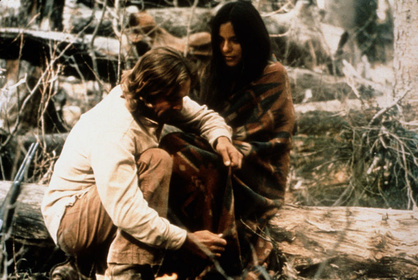
A brutal, melancholy post-Vietnam Western that tackles PTSD very efficiently, William Graham’s film follows Billy, a drifter haunted by war, who crosses paths with a young Native woman escaping from a massacre.
What follows isn’t a romance, or a revenge tale, but a slow spiral toward futility; something that many veterans were going through at the time of the film’s release.
The violence here feels sudden and sickening, and the tone is bleak but purposeful. It’s not pretty, but neither does it pretend to be. Films like this never get canonised —Graham’s film was far too small for any huge cinematic release, but it’s got real power if you’re willing to sit with it. It’s almost like The Hughes Brother’s superb post-Vietnam flick Dead Presidents (1995), but as a Western.
5. The Great Northfield Minnesota Raid (1972)
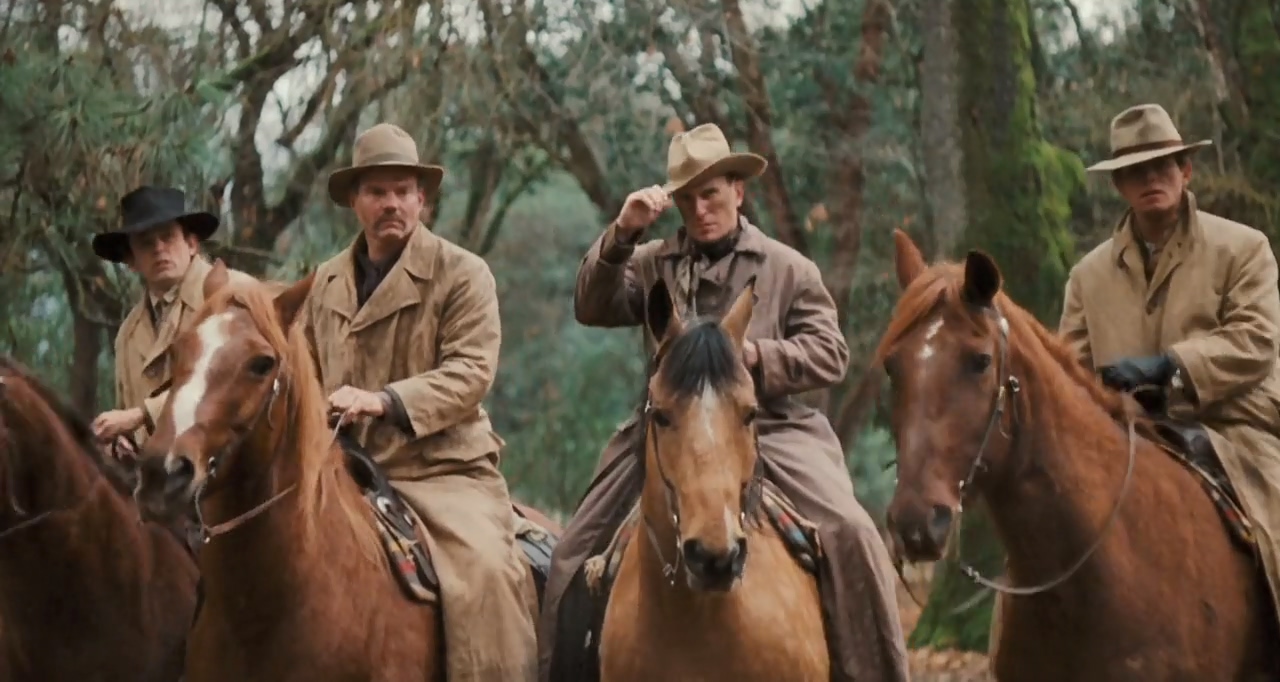
This film revisits the notorious Jesse James gang but removes the almost mystical legend to reveal desperate men caught in a doomed robbery. Rather than glorifying outlaw life, it shows the toll of desperation, bad choices, and the slow erosion of the old West.
The tension is palpable as the robbery unfolds, but the film’s true focus is on character and consequence—and it would make a rather good companion piece with Andrew Dominik’s The Assassination of Jesse James by the Coward Robert Ford (2007).
Philip Kaufman’s film portrays the James gang as deeply human and fallible, far from the romanticised outlaws of folklore—and his grounded approach gives the film a sense of inevitability and tragedy that lingers long after the gunfire fades.
What’s remarkable here is how the film strips away the glamor often attached to Jesse James and his gang, instead presenting them as weary men driven by circumstance and fear. The performances humanise these figures, showing moments of doubt, loyalty, and despair. This treatment of historical figures as complex individuals rather than legends reflects the decade’s desire to re-examine myths and present more nuanced, sometimes uncomfortable truths about America’s past.